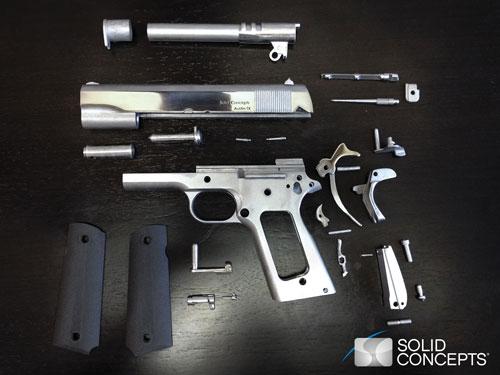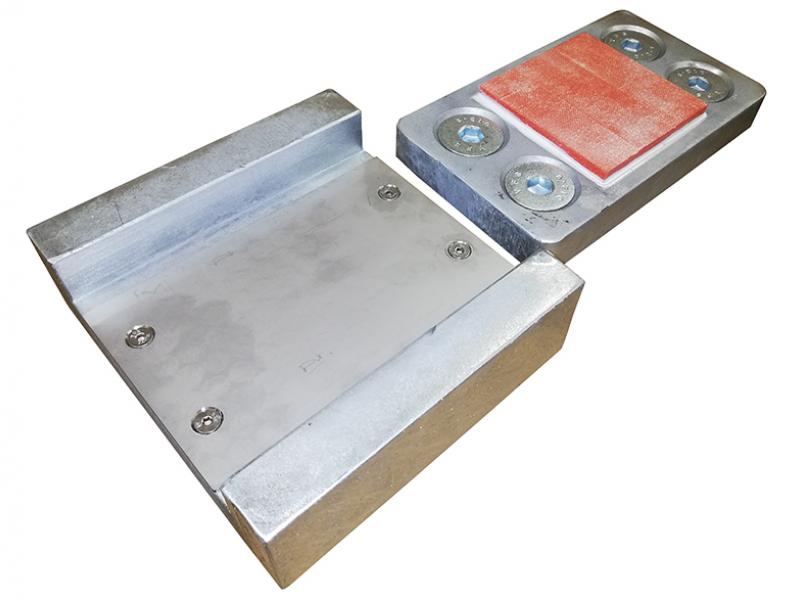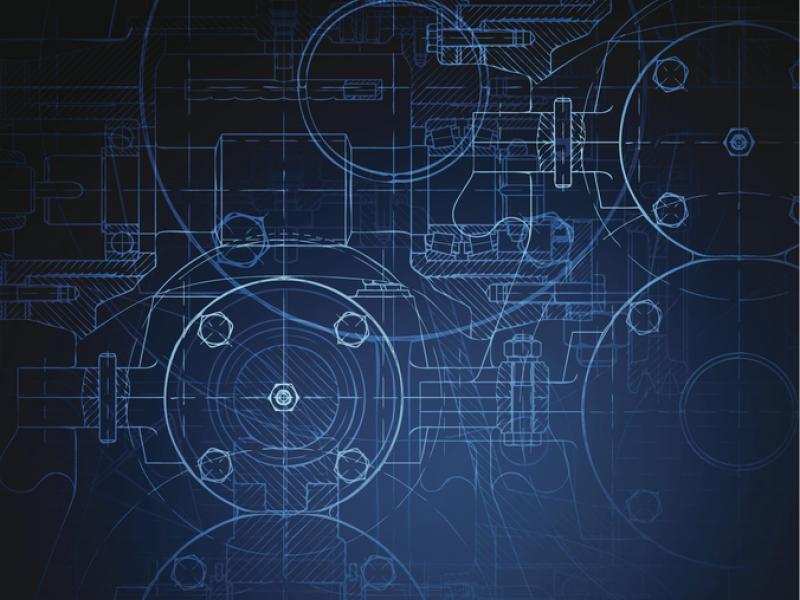Solid Concepts has manufactured the world’s first 3D printed metal gun using a laser sintering process and powdered metals.
The gun, a 1911 classic design, is fully functional and has already handled 50 rounds of successful firing.
It is composed of 33 17-4 stainless steel and Inconel 625 components, and is decked with a Selective Laser Sintered (SLS) carbon-fibre filled nylon hand grip. The successful production proves the viability of 3D printing for commercial applications.
“We’re proving this is possible, the technology is at a place now where we can manufacture a gun with 3D metal printing,” says Kent Firestone, vice president of additive manufacturing at Solid Concepts in Texas, USA.
The laser sintering process used to manufacture the 30-plus gun components is one of the most accurate additive manufacturing processes available, and more than accurate enough to build the interchangeable and interfacing parts within the gun.
Sintering is a method for creating objects from powders, including metal and ceramic powders, and is based on atomic diffusion. Diffusion occurs in any material above absolute zero, but occurs much faster at higher temperatures.
In most sintering processes, the powdered material is held in a mould and then heated to a temperature below the melting point. The atoms in the powder particles diffuse across the boundaries of the particles, fusing the particles together and creating one solid piece.
The process is often chosen as the shaping process for materials with extremely high melting points such as tungsten and molybdenum.
Sintering is traditionally used for manufacturing ceramic objects. A simple, intuitive example of sintering can be seen when ice cubes in a glass of water stick to each other.
The production of Solid Concept’s gun proves the tight tolerances laser sintering can meet. The gun barrel sees chamber pressures above 20,000 psi when it is fired.
“Three-D printed metal has less porosity issues than an investment cast part and better complexities than a machined part,” says Firestone.
“It’s a common misconception that 3D printing isn’t accurate or strong enough, and we’re working to change people’s perspective.”
• In what is possibly a world first, on 21 November members of the Philadelphia City Council in the US voted unanimously to ban the manufacturing of guns by 3D printers in the city.






